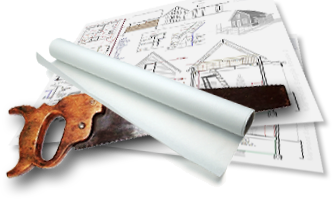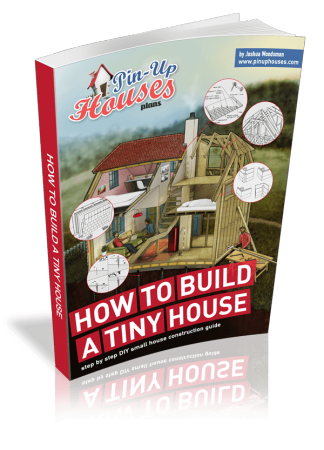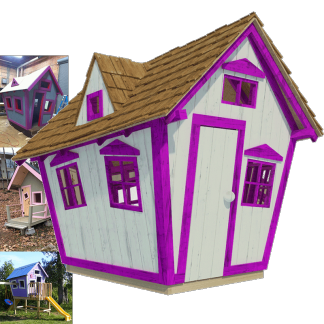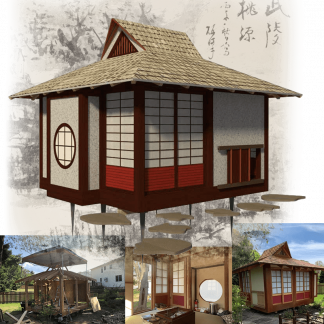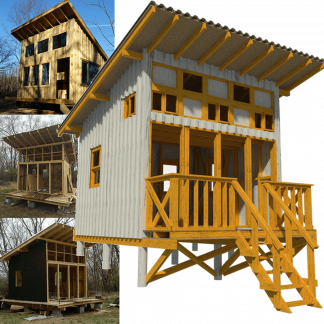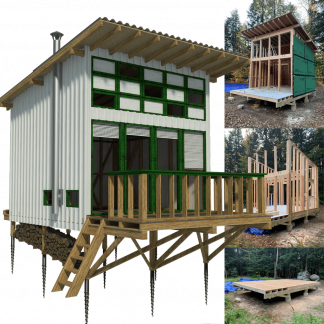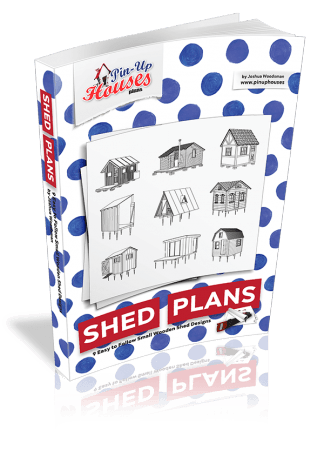Combining old and new design elements in your home can create a space that feels both timeless and fresh. Whether you’re drawn to the warmth and character of vintage furniture or the sleek minimalism of modern designs, blending these styles allows you to express your personality and create a unique living environment. But achieving a seamless fusion of vintage and modern can be tricky. With the right approach, however, you can balance these elements and create a space that is cohesive and stylish. Let’s explore some practical tips for mixing old and new design elements in your home.
1. Understanding the Appeal of Mixing Old and New
The appeal of mixing vintage and modern styles lies in their ability to complement each other. Vintage pieces bring character, history, and a sense of warmth to a space, while modern design introduces sleek lines, clean aesthetics, and functionality. When done right, combining these two styles creates an eclectic but balanced environment. Vintage items can serve as focal points, while modern furniture can serve as a neutral backdrop. The contrast between these elements adds depth and interest, making your space feel more personalized and dynamic.
Not only does this fusion allow for creative expression, but it also helps you blend the best of both worlds. You can enjoy the charm of antique furniture alongside the practicality and clean lines of contemporary designs.
2. Start with a Neutral Base
The key to making old and new work together is to establish a neutral base. Begin by choosing a neutral color palette that will allow both vintage and modern elements to shine without clashing. Neutral tones such as whites, grays, beige, and taupes create a versatile backdrop for any design style. These hues provide a calm foundation and prevent the space from feeling overwhelming.
When it comes to walls and flooring, opt for neutral shades that won’t compete with the boldness of your vintage or modern furniture. Light-colored wood floors, simple tile, or neutral-painted walls help to unify the space and allow the unique qualities of your furniture pieces to stand out. A neutral base keeps the room from feeling too busy and ensures that the vintage and modern pieces complement one another.
3. Select Statement Pieces from Both Eras
When combining old and new design elements, it’s important to select statement pieces from both eras. For vintage items, focus on those that have timeless appeal, such as a mid-century modern armchair, an antique mirror, or a vintage rug. These pieces should be eye-catching but not overwhelming. Vintage items work best when they serve as focal points that draw the eye without dominating the room.
For modern furniture, look for pieces with clean lines and simple silhouettes. The goal is to create balance, so choose modern items that don’t overshadow the vintage pieces. A minimalist sofa, contemporary coffee table, or geometric shelving unit can provide a modern contrast to your vintage finds, making the fusion feel harmonious rather than chaotic.
4. Mixing Textures and Materials
Texture and material play a crucial role in successfully blending old and new styles. To create depth and visual interest, mix different materials like wood, metal, glass, and fabric. For example, a plush velvet armchair can pair beautifully with a sleek metal lamp or a modern glass coffee table. This mixture of textures adds complexity to the space while maintaining a sense of cohesion.
It’s essential, however, to create contrast without chaos. You don’t want the textures to fight against each other, so aim for a balance. A wooden vintage cabinet can complement a modern leather sofa, or a modern wool rug can soften the look of a vintage wood dining table. The key is to use a variety of materials strategically, so they complement rather than overwhelm.
5. Focus on Lighting: A Key Element
Lighting is one of the most important elements in creating a cohesive space that blends vintage and modern designs. Vintage lighting fixtures, such as chandeliers or retro-inspired lamps, can add charm and character to a room. However, modern lighting designs, like pendant lights or sleek floor lamps, offer a more minimalistic touch. Mixing both styles ensures that your lighting provides both aesthetic appeal and functionality.
Incorporate multiple light sources to create a layered effect. For example, use a combination of overhead lighting, task lighting, and accent lighting to highlight key areas of the room. A vintage chandelier can illuminate the dining area, while a modern floor lamp can cast light over a reading nook. Layering lighting adds warmth and depth, enhancing both the vintage and modern elements in your space.
6. Accessorize with Care
The right accessories can tie together a room that blends vintage and modern styles. When selecting accessories, opt for items that bridge the gap between the two eras. For instance, a vintage vase paired with a modern sculpture or a contemporary throw pillow on an antique chair can create a balanced, harmonious look.
Art and wall decor also play a significant role in uniting the two styles. A piece of contemporary art framed in an ornate, vintage frame can serve as a focal point that marries both worlds. Wall clocks, mirrors, and sculptures can all serve as accessories that enhance the fusion of old and new.
7. Achieving Balance: Avoiding Overload
One of the most important things to remember when mixing vintage and modern elements is to avoid overloading the space with too many competing pieces. If you’re not careful, the room can quickly feel cluttered and disconnected. Instead, focus on creating balance by emphasizing key pieces from both eras.
You can achieve this by choosing one or two vintage items as focal points and surrounding them with modern pieces that complement them. For example, a vintage armchair can be paired with a minimalist modern sofa, creating a visually interesting yet balanced seating arrangement. Focus on making sure each element has space to shine without overcrowding the room.
8. Common Mistakes to Avoid
When mixing vintage and modern design styles, there are a few common mistakes to avoid. One of the biggest errors is overdoing the contrast between the two styles. Too much difference in design, texture, or material can create a disjointed feel. Aim for a more subtle blend that allows each piece to complement rather than compete with the other.
Another mistake is ignoring proportions. If you pair large vintage furniture with sleek modern pieces that are too small, the contrast can feel awkward. Ensure that the size of your vintage items is in proportion to the modern elements around them, creating a cohesive visual flow.
9. Plan Your Budget
While not directly related to interior design, understanding how to plan for large home renovations can also help when combining vintage and modern styles. Using tools like a roofing bid calculator, for example, can help you understand the costs involved in updating the exterior of your home to match your interior design plans. Planning your budget carefully will help you manage both large projects and small design tweaks, ensuring that your home’s exterior and interior reflect a cohesive aesthetic.
Conclusion
Mixing old and new design elements can create a home that feels both nostalgic and fresh. By starting with a neutral base, selecting statement pieces from both eras, and mixing textures, you can create a space that is both stylish and functional. Focus on lighting, accessorizing thoughtfully, and achieving balance to avoid a cluttered, chaotic look. With these tips in mind, you can successfully blend vintage and modern designs, creating a home that’s uniquely yours.

